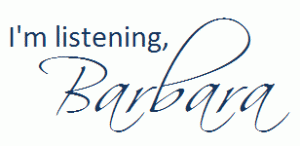 An Open Note to All of Prof. Nixon’s Students at Georgia Southern University:
An Open Note to All of Prof. Nixon’s Students at Georgia Southern University:
We’re almost off and running in our Spring Semester classes at GSU. This semester, I’m teaching two classes; the classes, with hyperlinks to the syllabi, are listed below:
So that we can make the most of this semester, please (PLEASE) take some time to read through the blog posts I’ve included here. I promise you, it will be well worth your time. (How often do professors let you get inside their heads, letting you know their tips for success and their pet peeves?)
- Prof. Nixon’s Teaching & Learning Philosophy
- How to Fail a Class (WIthout Really Trying)
- Ten Ways NOT to Prepare for College Advising
- My End of Semester Rant, Kinda
Additionally, here are a few more tips:
- When communicating with me via e-mail (or Facebook), please put your course number (such as PRCA 3339) in the subject line to help me immediately identify who you are and frame your questions or comments. Do your best to write in full sentences, paying attention to standard English grammar and spelling. Always sign your e-mails with your first and last name, as your GSU e-mail address will not make that readily apparent to me.
- When submiting an assignment in GeorgiaVIEW, always put your last name as part of the file name, and also include your name in the document itself. Papers submitted without your last name as part of the file name cannot earn full credit.
- Follow me on Twitter, if you really want to get inside my head. (What’s Twitter?)
Let’s make this a great semester together!





)
)

